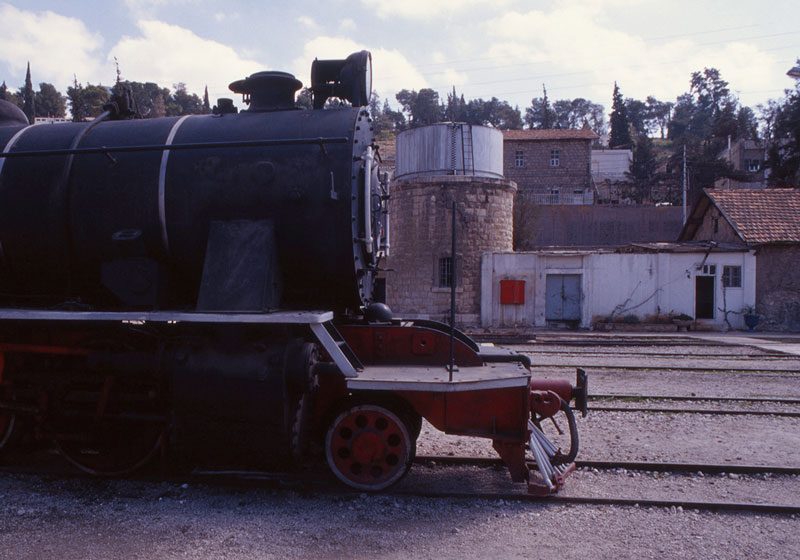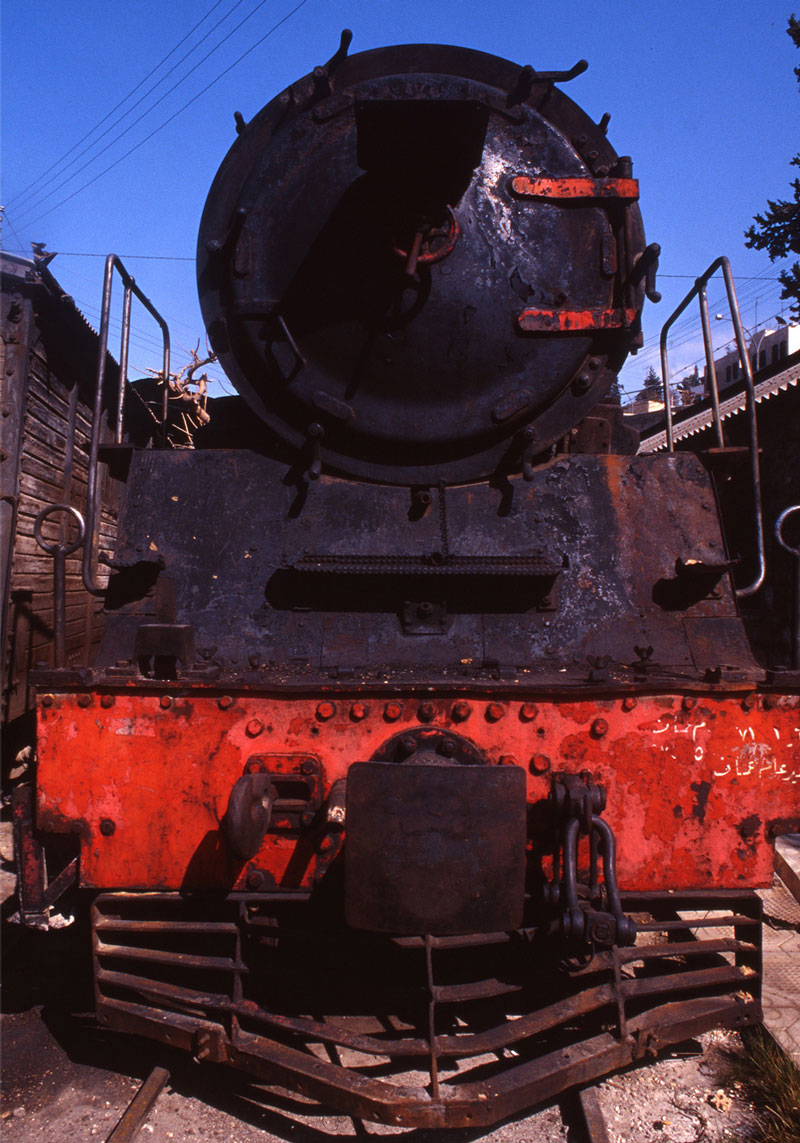Where Time Stood Still
The Amman railway station remains an almost intact specimen of a part of Jordan from the last days of the Ottoman Empire. Like a historical photograph where time is captured and brought to a complete stop, this station is a physical three-dimensional freeze, a snapshot fixed in iron and stone, as steam engines laid dormant for decades and shrubs grew around their wheels.

The minute you step past the main gate, the impact of time is immediate and stunning. Although Amman’s surrounding mountains are visible from inside the station, you still feel that you are in a time frame cut from another era. You are in a preserved atmosphere of days gone by, different colors of rust, iron that is no longer used by in contemporary objects, and the air smells Ottoman or East European with a faint element of Hijazi flavor.
This station was built as part of the Zarqa-Qatarana track (1902- 1905). It is a part of the much bigger project of the rail that connected Damascus with Medina in Saudi Arabia. The Jordanian section of the project was one of the most difficult to construct. It demanded many more bridges to span the numerous valleys of our rugged terrain. Of the full route's 950 bridges and 1540 kilometers of steep hills, the majority were in Jordan. Two battalions of Ottoman soldiers, some 5700, and at least 600 “foreign” workmen, including Italians, Greeks, and Montenegrins were employed for their skill in building bridges and culverts. Railway materials came from Europe (Germany and Belgium) and the United States. Had you been at the construction site you would have heard French, Italian and Turkish, besides Arabic, used for communication. At the same time many of the foremen were German-speaking.
The making of this lasting monument wasn’t easy. In Jordan, summer temperatures could reach 55ºC, and between Amman and Der’a at least 400 workers died from cholera and many more fled the area. There were strikes by workers who were not paid in time, and floods delayed construction in many parts of the railway project.
Architecturally, the Amman station was, during the first decade of 20th century, the first physical influence of such magnitude. It arrived at a village that had been sleeping for about a thousand years. The station introduced many architectural and structural elements new to the traditional architecture of Amman. It provided an example of “modern engineering,” where stones had a modular to follow, arches had a prototype, and all details followed a set of standards clearly formulated on the drafting table of a Western construction engineer.
This station can also be seen as the full-fledged arrival of the industrial revolution that Europe had experienced and now expanded eastwards, using these new inventions.

It can be said that the architecture of the station had a major influence on most Jordanian villages and towns, including Salt. The time of the construction of the station came amidst one of the biggest construction booms in Jordan since the Mamluk period some 700 years earlier.
The Amman station remains a charming monument, an open-air museum of architecture, engineering and steam engines. Its history is so relevant, so close to us, that some of our grandparents might have actually witnessed its making.
This destination remains one of the many hidden treasures of Amman awaiting your exploration.
A quick and easy destination, and good for a 2-hour break from the more familiar Amman mood, the station is also entertaining and educational for children. Photogenic, it provides good subject for photography enthusiasts. Special care and attention should be given to occasionally moving trains. It can be particularly dangerous when inspecting trains on the main tracks. For children the best fun would be viewing the out-of-function engines and carts on the maintenance side rails.